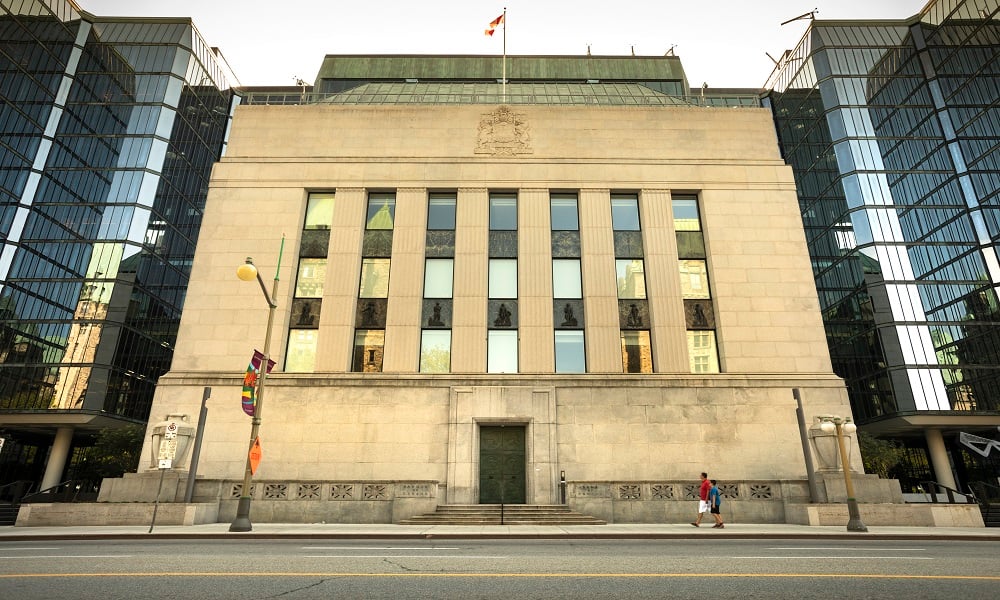The central bank is moving in line with other financial institutions

The Bank of Canada has announced that it will permit most of its employees to work from home as much as 50% of the time every two weeks, once federal health policies relax sufficiently to allow a return to the office.
At present, a limited number of personnel are assigned to work at the central bank’s Ottawa headquarters. However, the BoC said that it is not expecting conditions to normalize until at least 2022.
“More employees will be allowed access over the fall, in line with federal and provincial public health guidelines. Based on current conditions, we are not anticipating full on-site staffing levels until the new year,” said Alexis Corbett, BoC’s chief human resources officer.
By and large, Canada’s financial institutions are now contemplating this hybrid approach to work. For instance, Royal Bank of Canada announced earlier this month that it is working on flexible arrangements for its workers, although it said that it doesn’t subscribe to a “one-size-fits-all mandate” on how much time employees will need to be in the offices.
“The role of the office has forever changed,” said Dave McKay, CEO of RBC. “We believe that flexible and hybrid work models are here to stay… This means we’re going to hold on to the best of what we’ve learned over the past 18 months and recapture the best of everything we’ve missed from the pre-pandemic world.”
Read more: Will the work-from-home model continue to hold sway post-pandemic?
A report by Colliers Canada earlier this year found that most companies (58%) are planning to implement a hybrid model of work, despite 66% remaining unsure on the number of days employees will be expected to be in the office. Only 2% of the companies polled said that they are planning to have employees work remotely full-time.
“Colliers expects a lot of experimentation with in-person and remote work that may drive a heightened need for flexibility in meeting office space needs,” the report said.
As of last week, Canada had seen more than 50% of its population fully inoculated, considerably outstripping the pace of vaccinations in the United States.



